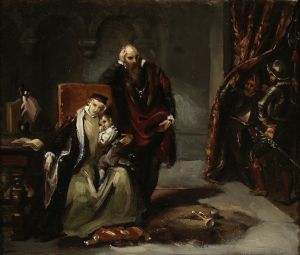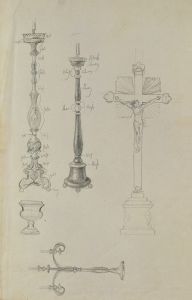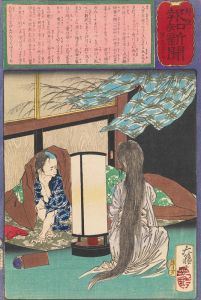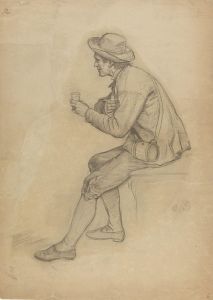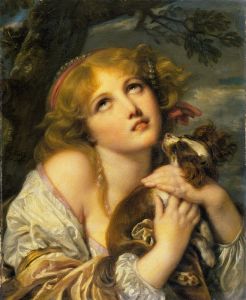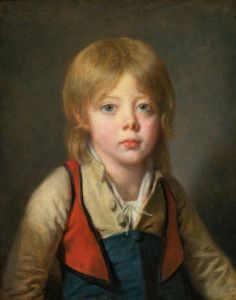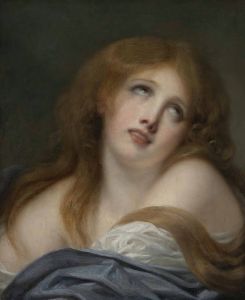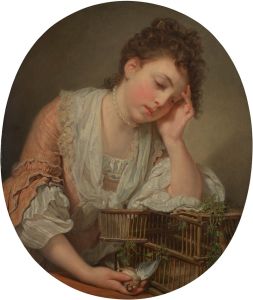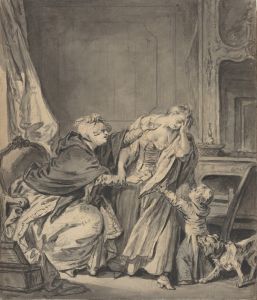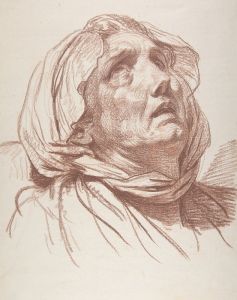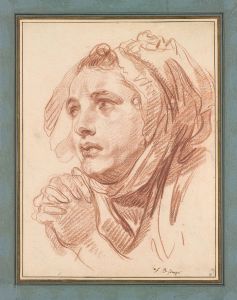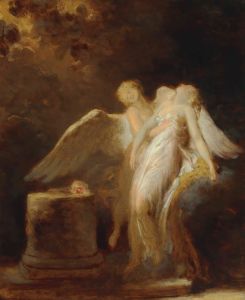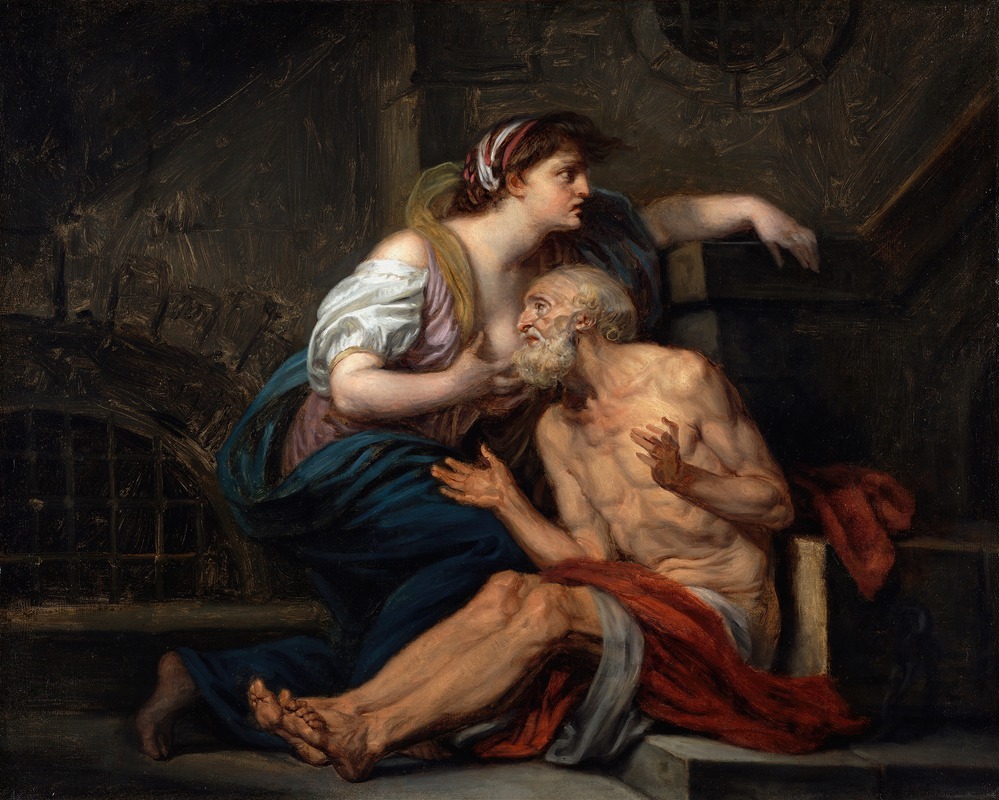
Roman Charity
A hand-painted replica of Jean-Baptiste Greuze’s masterpiece Roman Charity, meticulously crafted by professional artists to capture the true essence of the original. Each piece is created with museum-quality canvas and rare mineral pigments, carefully painted by experienced artists with delicate brushstrokes and rich, layered colors to perfectly recreate the texture of the original artwork. Unlike machine-printed reproductions, this hand-painted version brings the painting to life, infused with the artist’s emotions and skill in every stroke. Whether for personal collection or home decoration, it instantly elevates the artistic atmosphere of any space.
"Roman Charity" is a painting by the French artist Jean-Baptiste Greuze, created in the 18th century. Greuze, known for his genre paintings and portraits, was an influential figure in the Rococo and early Neoclassical movements. This particular work is an example of his ability to convey emotion and narrative through his art.
The painting depicts the story of Roman Charity, a theme derived from ancient Roman history and literature. The story centers around a woman named Pero who secretly breastfeeds her father, Cimon, who has been sentenced to death by starvation in prison. This act of filial piety and compassion ultimately leads to Cimon's pardon. The tale was popular in art and literature as a symbol of selfless devotion and familial duty.
In Greuze's rendition, the emotional intensity of the scene is captured through the expressions and body language of the figures. Pero is shown with a tender and compassionate demeanor, while Cimon appears frail and desperate. The intimate setting and the focus on the two figures emphasize the personal and emotional nature of the act. Greuze's use of light and shadow further enhances the dramatic effect, drawing the viewer's attention to the central act of charity.
The painting reflects Greuze's interest in moral and virtuous themes, which was a common characteristic of his work. His ability to depict complex emotions and moral narratives resonated with the Enlightenment ideals of the time, which emphasized reason, virtue, and the importance of moral education.
"Roman Charity" is also notable for its technical execution. Greuze's skillful use of color and composition demonstrates his mastery of the medium. The soft, delicate brushwork and the careful attention to detail are characteristic of his style, which often combined elements of realism with idealized beauty.
This painting, like many of Greuze's works, was well-received in his time, contributing to his reputation as a leading artist in France. However, his popularity waned towards the end of his career as tastes shifted towards the more austere Neoclassical style championed by artists like Jacques-Louis David.
Today, "Roman Charity" is appreciated for its historical and artistic significance. It serves as an example of 18th-century French painting and provides insight into the cultural and moral values of the period. The painting is housed in various collections, and its reproductions continue to be studied for their artistic merit and the poignant narrative they convey.
Jean-Baptiste Greuze's "Roman Charity" remains a testament to the enduring power of art to convey human emotion and moral ideals, capturing a moment of profound compassion and sacrifice that transcends time and cultural boundaries.





